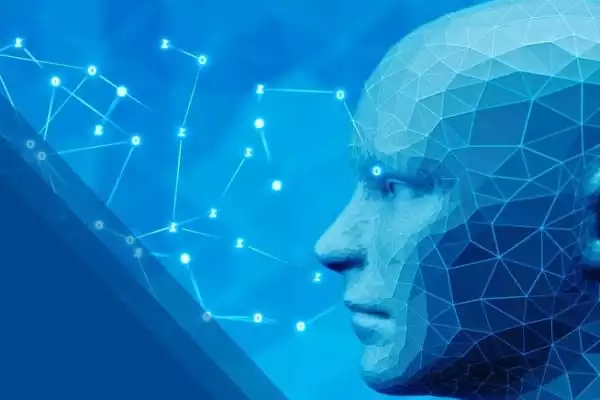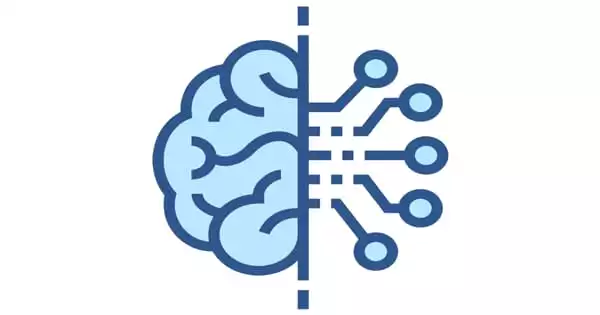Machine learning is currently ubiquitous and appears to be capable of resolving the majority of problems. However, running a neural network without a proper data science team is not an easy process. When utilizing machine learning to make public policy decisions, researchers are challenging a long-held belief that there is a trade-off between accuracy and fairness.
Researchers at Carnegie Mellon University are questioning a long-held belief that when utilizing machine learning to make public policy decisions, there is a trade-off between accuracy and fairness.
As the use of machine learning in areas such as criminal justice, hiring, health care delivery, and social service interventions has grown, there has been growing concern about whether such applications introduce new or amplify existing inequities, particularly among racial minorities and people with low income. Adjustments are made to the data, labels, model training, scoring systems, and other parts of the machine learning system to mitigate this bias. The fundamental theoretical assumption is that these adjustments reduce the accuracy of the system.
In a new study published in Nature Machine Intelligence, a CMU team seeks to refute that belief. Rayid Ghani, a professor in the School of Computer Science’s Machine Learning Department (MLD) and the Heinz College of Information Systems and Public Policy, Kit Rodolfa, a research scientist in MLD, and Hemank Lamba, a postdoctoral researcher in SCS, tested that assumption in real-world applications and discovered that the trade-off was negligible in practice across a variety of policy domains.
We want the artificial intelligence, computer science, and machine learning communities to cease accepting the premise that there is a trade-off between accuracy and justice and to start creating systems that actively maximize both. We expect that policymakers will use machine learning as a decision-making tool to assist them attain equal outcomes.
Professor Rayid Ghani
“Fairness” is a buzzword in the artificial intelligence (AI) and machine learning (ML) communities. The term “fairness” appears in the majority of principles for responsible and ethical AI. But, in fact, what does this entail, and what constitutes a “fair” ML system? This brief defines “fairness” generically before delving into the default fairness approach in ML and the issues that come with it. It concludes with tools and concerns for people creating, managing, and deploying machine learning systems.
“You can, in fact, have both. It is not necessary to forsake precision in order to create systems that are fair and equal “Ghani stated. “However, it does necessitate purposeful system design in order to be fair and equal. Off-the-shelf systems will not suffice.”
Ghani and Rodolfa concentrated on circumstances in which in-demand resources are restricted and machine learning techniques are utilized to assist in resource allocation. The researchers examined four systems: prioritizing limited mental health care outreach based on a person’s risk of returning to jail to reduce reincarceration; predicting serious safety violations to better deploy a city’s limited housing inspectors; modeling the risk of students not graduating from high school in time to identify those most in need of additional support; and assisting teachers in meeting crowdfunding goals for classroom needs.

The researchers discovered that models tuned for accuracy – common technique in machine learning – could correctly predict the outcomes of interest in each setting, but there were significant discrepancies in recommendations for treatments. However, when the researchers made changes to the models’ outputs to improve their fairness, they observed that inequities based on race, age, or income – depending on the situation – could be erased without sacrificing accuracy.
Ghani and Rodolfa believe that their findings will influence the thinking of other researchers and policymakers who are considering the use of machine learning in decision making.
“We want the artificial intelligence, computer science, and machine learning communities to cease accepting the premise that there is a trade-off between accuracy and justice and to start creating systems that actively maximize both,” Rodolfa said. “We expect that policymakers will use machine learning as a decision-making tool to assist them attain equal outcomes.”
The accuracy of a machine learning model is the metric used to assess which model is best at recognizing relationships and patterns between variables in a dataset based on the input, or training, data. The better a model generalizes to ‘unseen’ data, the better predictions and insights it may generate, delivering more business value. Machine learning models are used by businesses to make practical business decisions, and more accurate model outcomes result in better judgments. Errors can be costly, but enhancing model accuracy reduces that cost.
















